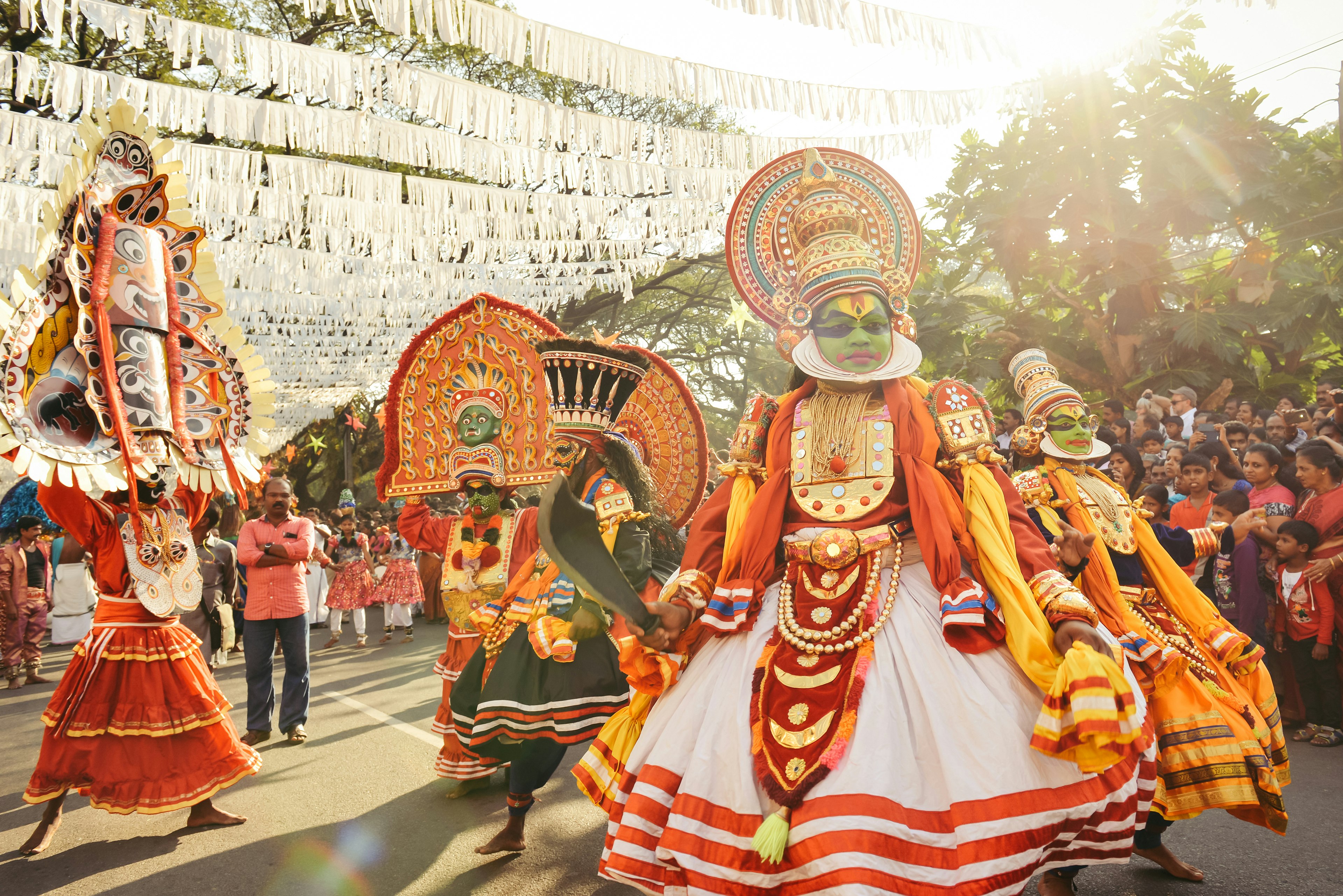Electric-green palms stretching above glinting backwaters that empty into rippling lakes. Honey-colored beaches washed by the tropical surf dotted along an almost 600km(370-mile)-long coastline. Fragrant coconut-laced stews mopped up with fluffy appam (rice-flour pancakes).
This is just a taste of what awaits discovery on a trip around India’s magical, laid-back southwesternmost state.
Kerala is defined by its vast network of canals, lakes and rivers, which together make up those fabled backwaters. All along the coast, relaxed beach towns deliver palm-fringed sands, seafood shacks and ayurveda centers, while inland waterways thread past spice-growing farms and palm trees heavy with cococuts. Heading into the cooler hills, the mist-wrapped mountainscapes of the richly biodiverse, UNESCO-protected Western Ghats stop everyone in their tracks.
Then there’s Kerala’s rich arts scene, from centuries-old Kathakali dance-drama to a flourishing wave of contemporary art in evocative Kochi (Cochin). Like most of India’s other southern states, Kerala has its own official language, Malayalam, along with a packed calendar of colorful regional festivals.
I’ve been spending time in Kerala regularly for over a decade (often on Lonely Planet assignments), and have explored all the way from the beaches of southern Kovalam and northern Kasaragod to the jade-green tea gardens of the lofty Western Ghats.
Tempted yet? Here’s how to get started.
When should I go to Kerala?
Kerala’s main tourism season is November to April, when the weather is tropically pleasant all along the coast, with highs of around 31°C (88°F) in Kochi. Things feel busiest (and priciest) during the peak months of December to February, when it pays to book well ahead for accommodation, trains and houseboats. There’s also an array of wonderful cultural events around this time, including the vibrant Kochi–Muziris Biennale and the International Film Festival of Kerala, held in the state capital of Thiruvananthapuram (Trivandrum).
The Western Ghats make for a cool retreat any time of year, especially around tea-growing Munnar, which sits at an elevation of 1500m (4921ft), with daytime temperatures only climbing to the mid-20s°C (70s°F) during high season.
The July and August monsoon months have long been the traditional time for ayurveda in Kerala, though many centers offer retreats and therapies year-round. If you’re here in August/September, you’ll catch the fabulous festivities for Onam – with traditional arts on show and onam sadhya feasts served on banana leaves – and the famous snakeboat races in Alappuzha (Alleppey) (expect things to be busy around both events). It’s worth keeping in mind that landslides and flooding have occurred during rainy months in recent years.
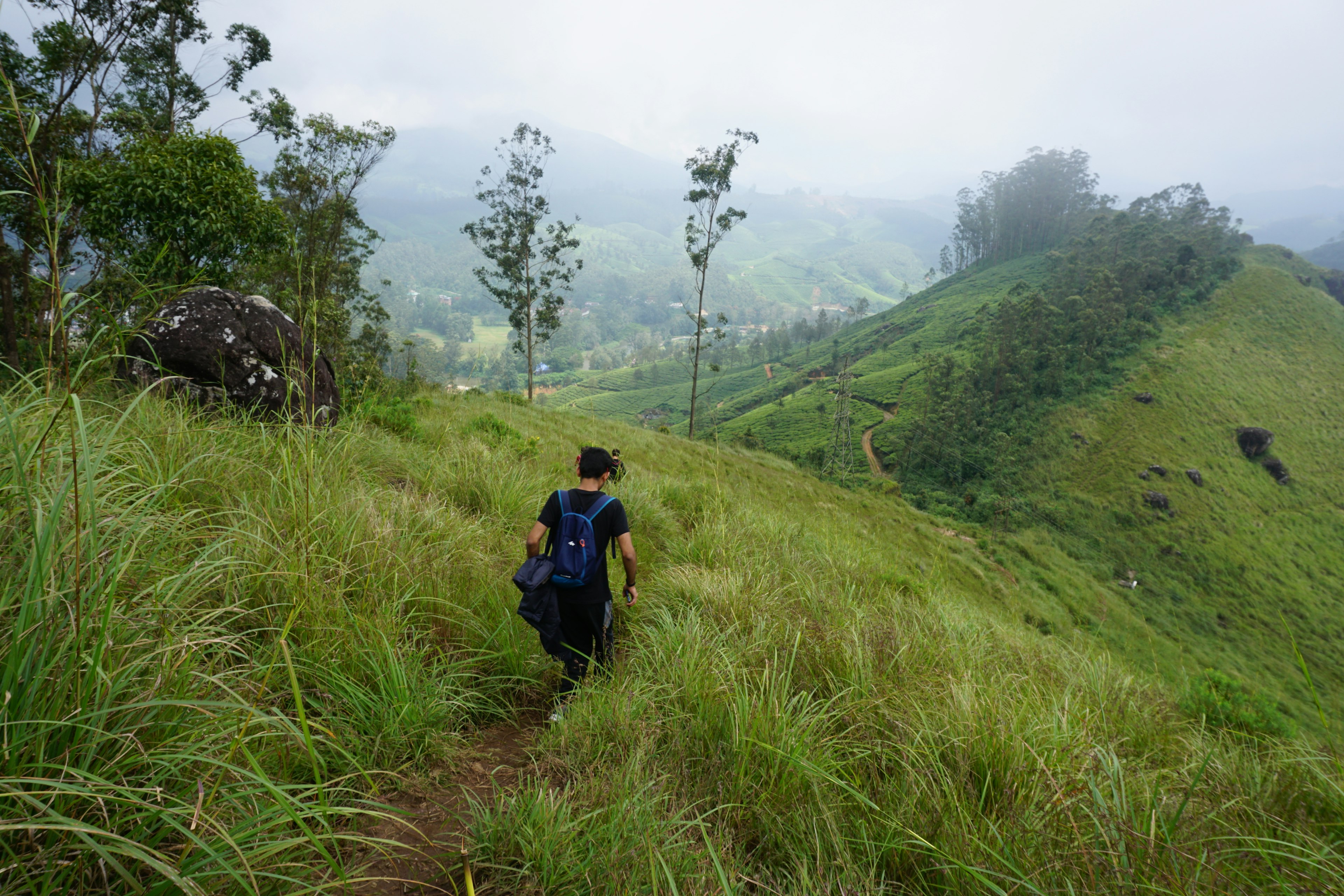
How much time should I spend in Kerala?
You could spend months traveling around Kerala and still be discovering new corners. For India-based travelers, places like culture-packed Kochi and beachy Varkala make for ideal short-break escapes, with handy transport, great food scenes, inspired accommodation and plenty to explore in the immediate vicinity.
A trip of around two weeks should thoroughly immerse you in Kerala’s palm-studded beauty. Perhaps combine a few days of history, food and monuments in Kochi with south-coast hubs like Varkala, Kovalam and Alleppey, then add on a spin up into the Western Ghats for hiking in Munnar and wildlife-spotting in Periyar Tiger Reserve. An alternative itinerary could take in the joys of Kerala’s less-touristed north coast (more on this below) and the ethereal Wayanad region of the Ghats. Or combine Kerala’s north and south in a multi-week adventure at a more relaxed pace.
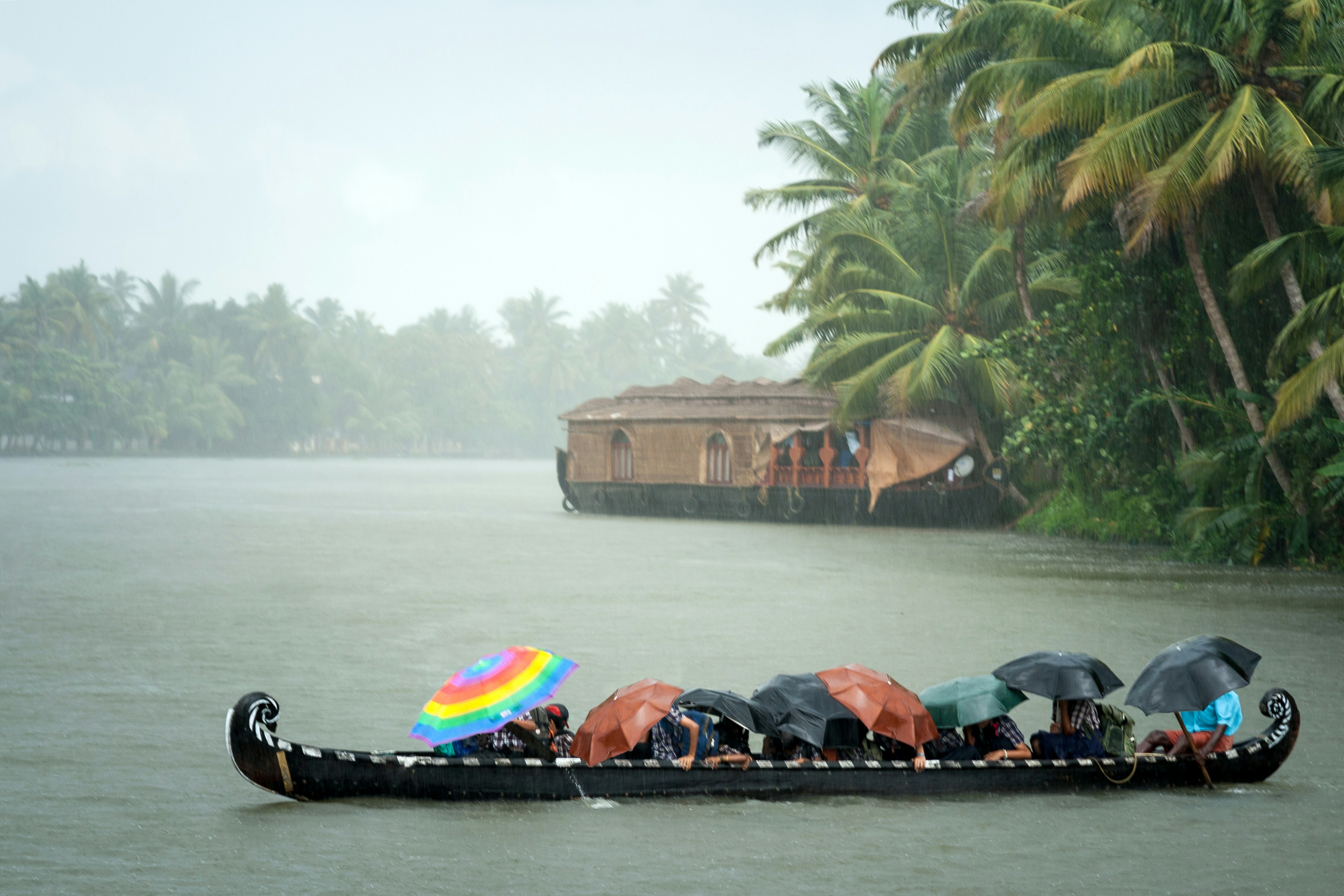
Is it easy to get to and around Kerala?
Kerala has excellent transport links, starting with well-connected international airports in both Kochi and Trivandrum. Smaller airports at Kannur, Kozhikode (Calicut) and Mangaluru (Mangalore; in southern Karnataka) now make reaching northern Kerala a breeze, too.
Trains conveniently connect most lowland destinations, letting passengers soak in all those lush landscapes along the way. Since 2023, fast new Vande Bharat trains run from Trivandrum to Kerala’s far north in just 8 hours. (Check out this guide for tips on booking train tickets in India.) For day excursions and longer trips, many travelers hire a car with a driver, which works particularly well if splitting the cost between a few passengers. Budget travelers can take advantage of frequent local buses. Bus and car are the only way to reach the mountainous Western Ghats. (Though a train does trundle up their eastern side, from Tamil Nadu.)
Local ferries are a great, budget-friendly way to travel around the backwaters – especially state-run ferries across vast Vembanad Lake, such as the popular Alleppey–Kottayam route. Or jump on the Kochi Water Metro for quick ferry hops between the city’s islands and mainland Ernakulam.
Top things to do in Kerala
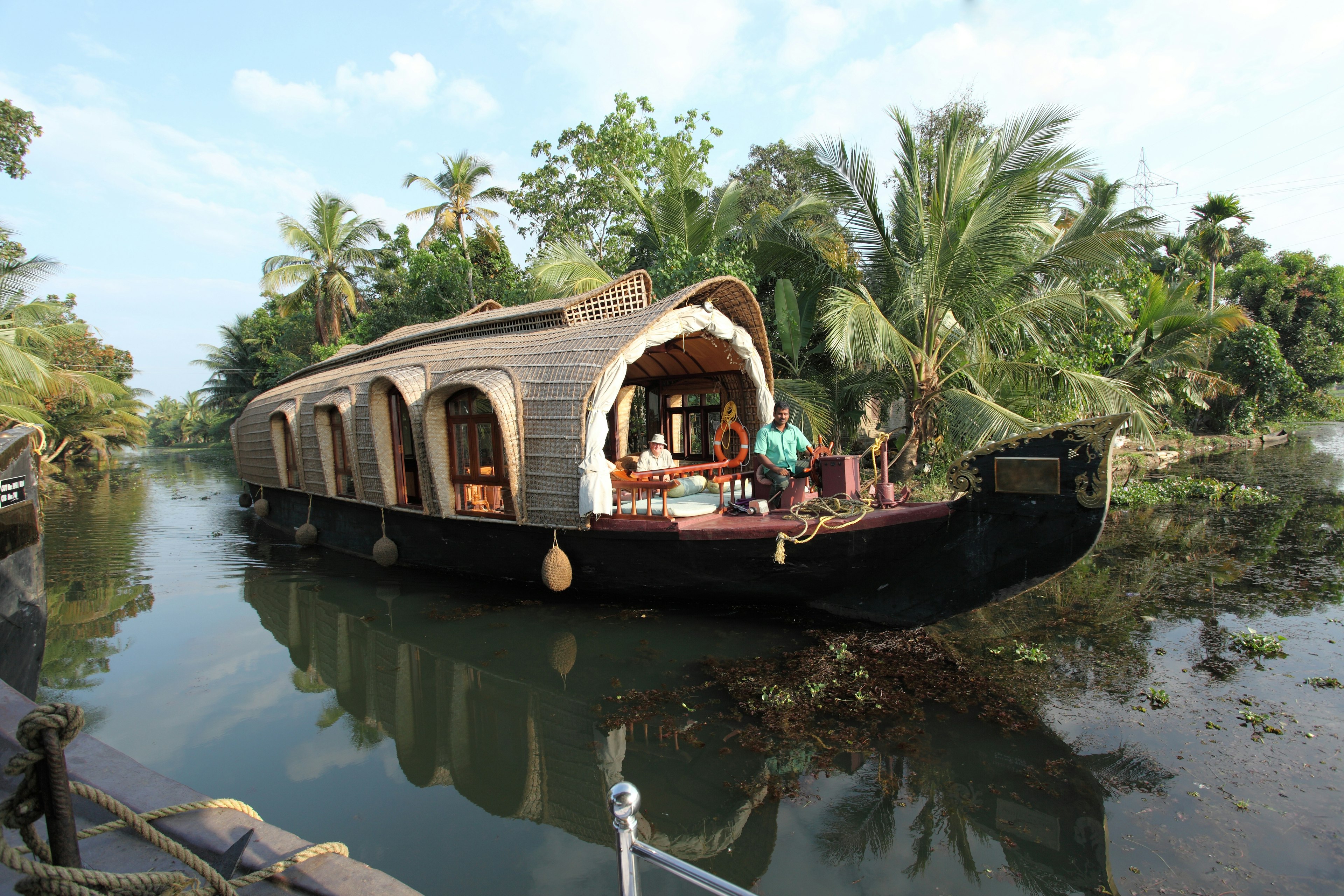
Cruise through the palm-fringed backwaters
An unforgettable, low-impact way to explore the famous backwaters is on an expert-led kayak or canoe trip, which typically travel along small offbeat canals and visit secluded villages for lunch. The main hub for backwaters adventures is lively Alleppey (Alappuzha), but for a quieter experience it’s well worth the journey north to the lesser-known Valiyaparamba backwaters near Kannur.
Backwaters trips aboard pretty “rice barge” houseboats can also be spectacular (with a little planning), though in recent years concerns have emerged about their impact on this fragile environment. To find a responsible houseboat operator, it pays to research and book well ahead.
For a truly special backwaters experience, conservation-driven The Blue Yonder runs fabulous sunset canoe tours, culminating in a dinner on a repurposed fishing-net platform just outside Kochi. Or stay a few nights at a waterfront property and catch pink-woven sunrises over the quiet waterways: we recommend the boutique feel of Kayal Island Retreat near Kochi, or a spice-growing homestay at Philipkutty’s Farm on Vembanad Lake.

Soak up arts, architecture and gastronomy in Kochi
Set on a meandering estuary, Kochi is Kerala’s cultural capital and one of South India’s loveliest cities to wander. It was colonized by the Portuguese in the 16th century, then by the Dutch and British, and has recently emerged as one of India’s creative hubs. Leafy Fort Kochi – Kochi’s flat main historical district – is a joy to explore on foot or by bike, as you weave past landmarks such as the Portuguese-built St Francis Church and timeworn streets now adorned with bright murals. Many heritage buildings here have been reborn as arty cafes, creative galleries and soulful hotels. Kashi Art Cafe is a pioneer of the scene, going strong since the 1990s.
In neighboring Mattancherry, explore relics such as the 16th-century Mattancherry Palace (decorated with exquisite Hindu murals from the 17th to 19th centuries) and the tile-filled Pardesi Synagogue, which give you a taste of this richly multicultural district’s past. Kochi Heritage Project runs amazing food walks through Mattancherry, allowing you a (literal) taste of its many different communities.
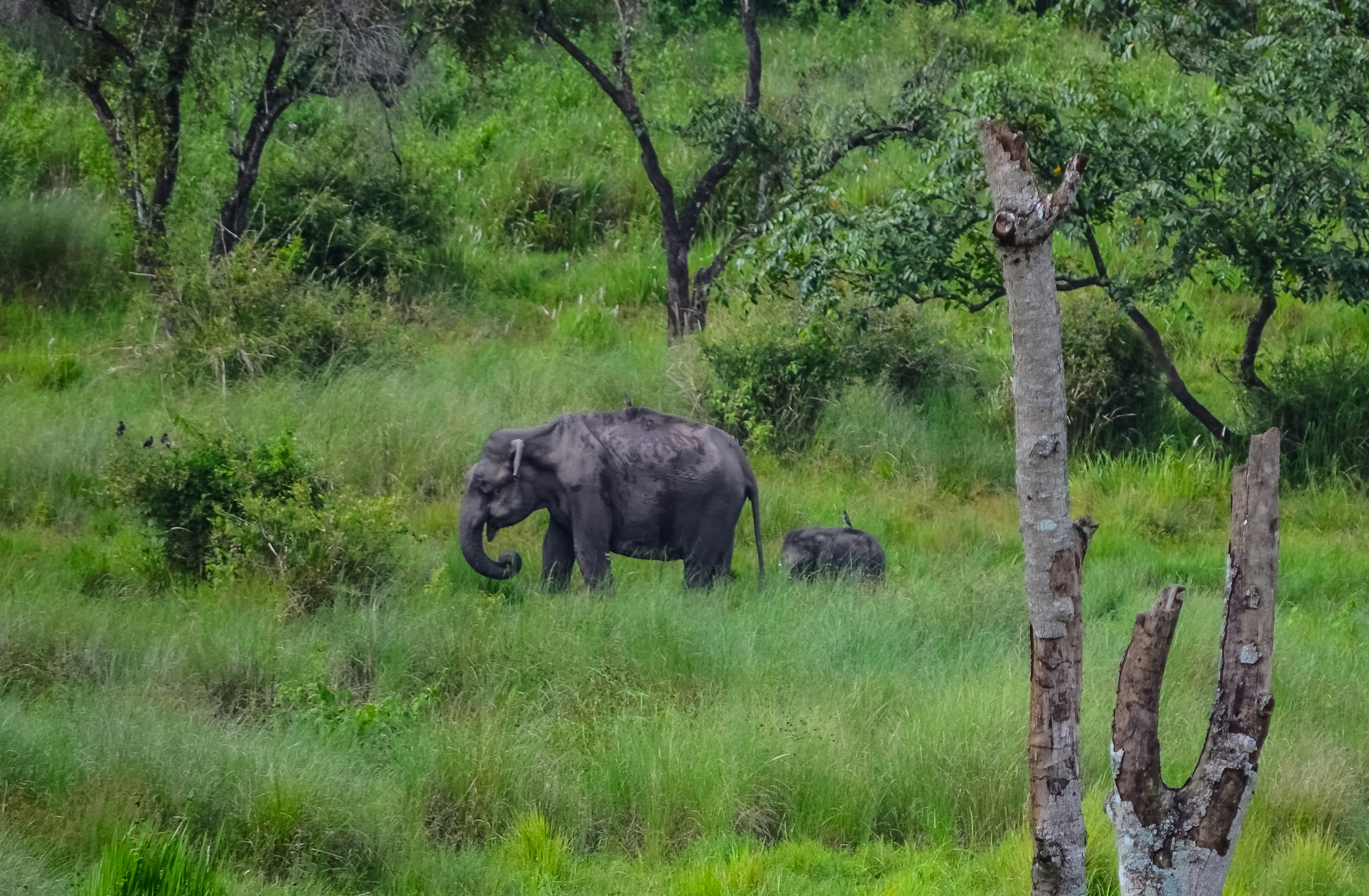
Spot rare wildlife in the misty Western Ghats
The serene Western Ghats provide a refuge for all kinds of wild creatures, with many of its untrammeled areas protected as national parks, tiger reserves and wildlife sanctuaries. Catching a glimpse of a wild elephant hidden in the greenery, a langur whirling through the forest canopy or perhaps a great hornbill whooshing high above could well be your most memorable Kerala moment. A few very lucky visitors might even spy an elusive tiger. Chances for wildlife-spotting are fairly good from November to April, with the best months March and April, when animals congregate at watering holes.
Periyar Tiger Reserve, a 777-sq-km (300-sq-mile) wonderland in Kerala’s southern Ghats, is the state’s most-loved wildlife haven. Its game-changing ecotourism program offers overnight wildlife-watching excursions led by retrained poachers, in addition to day walks within the park itself as well as family-friendly lake cruises. In northern Kerala, the beautiful Wayanad Wildlife Sanctuary is part of a sprawling network of biodiverse, interconnecting nature reserves that also includes Bandipur and Nagarhole in neighboring Karnataka. You can easily visit a couple of these over a few days in Wayanad. There’s also great hiking through the region’s spice-producing hills and across its lush tea plantations.

Catch the south-coast surf waves
India’s now-flourishing surf scene revolves around its southern coast, and several beach towns in Kerala have grown into wave-riding hubs. Laid-back Varkala, just north of Trivandrum, is leading the way, with a string of surf schools catering to both beginners and more-advanced surfers. Soul & Surf helped kick things off here and now runs small-group surf sessions at locations up and down the surrounding coast, as well as a boutique-flavored guesthouse and yoga classes in a breezy rooftop shala. Varkala’s setting – with rust-red cliffs rising from honey-coloured beaches and a revered ancient temple just inland – only adds to the appeal.
Stay at a family-run homestay
Kerala is India’s homestay capital, and spending a few days based in the home of a local family will hugely enrich your understanding of this region while also supporting local communities. The best hosts will welcome guests with freshly cooked breakfasts, cups of steaming South Indian filter coffee, local stories shared over communal meals and the chance to learn classic Kerala recipes in the family kitchen. A few favorites? Rosegardens, a green-powered heritage home near Munnar; organic spice farm Varnam Homestay in Wayanad; and The Bungalow (a two-room 1930s house with popular cooking classes); and Reds Residency (a contemporary-style family home) in Kochi.
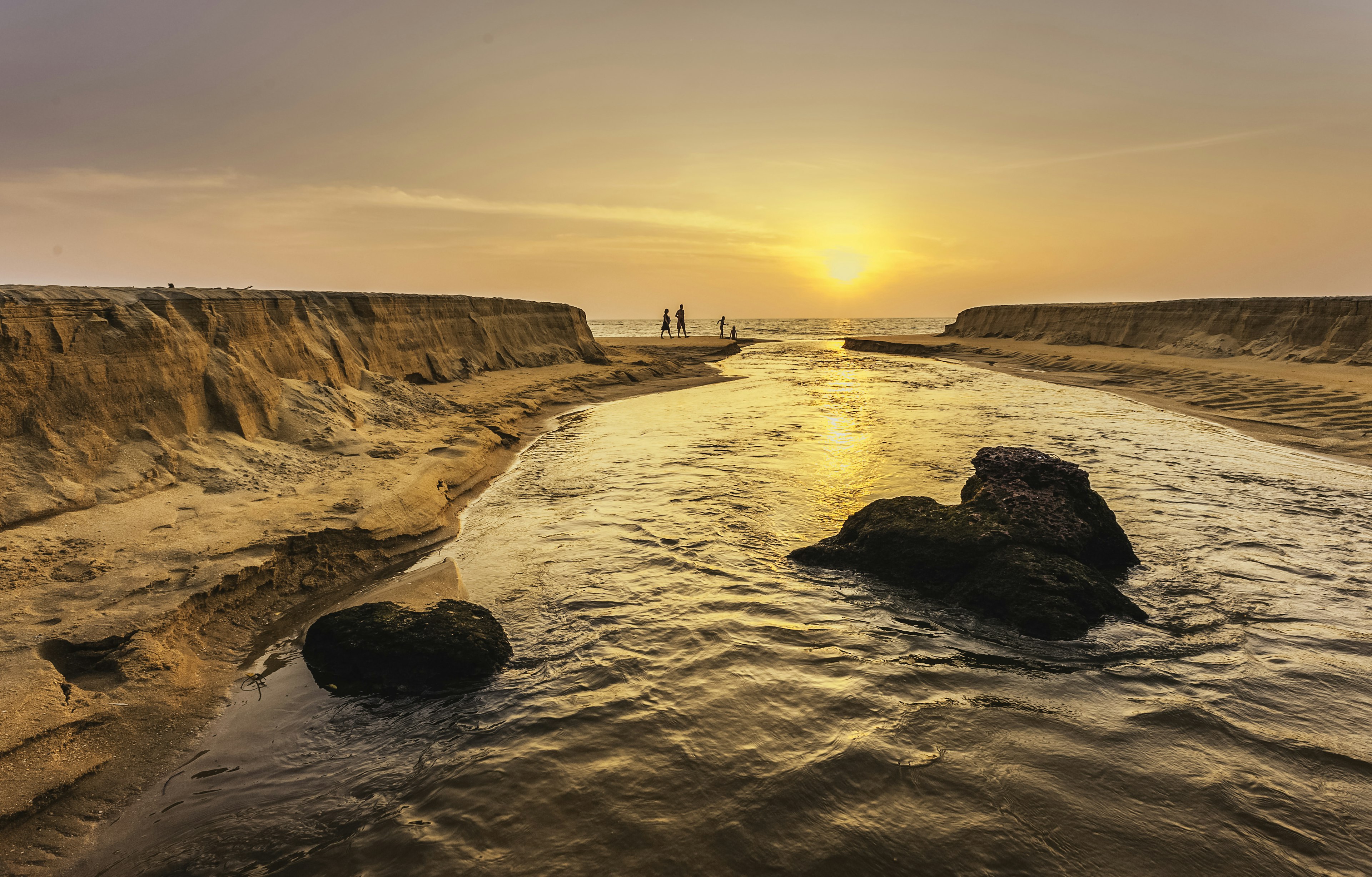
My favorite thing to do in Kerala
On every visit, I find time to wander around Kerala’s quiet northern Malabar Coast, which has miles of often-empty gold-sand beaches backed by endless palms and some of the most delicious food I’ve tried anywhere in India. I love staying at the rustic seafront homestays in Kannur (perhaps Kannur Beach House) and starting days with walks along Thottada Beach. This is also the best place to see Kerala’s ancient theyyam ritual at local temples during the December-to-February season.
For a treat, I add on a few days at the heavenly Neeleshwar Hermitage near Bekal, a responsibly run beach-and-ayurveda retreat that lets guests enjoy early morning yoga, wonderful Malabar cooking and stylish thatch-roof cottages.
How much money do I need for Kerala?
-
Hostel dorm bed: ₹400 (US$5)
-
Kochi food tour: ₹2000 (US$24)
-
Homestay room for two: ₹3500 (US$42)
-
Masala dosa: ₹50 (US$0.60)
-
Car with driver per day: ₹3000 (US$36)
-
Filter coffee: ₹10 (US$0.12)
-
Backwaters canoe or kayak tour: ₹1000 (US$12)

More tips for enjoying Kerala
Follow local dress etiquette
We always recommend following locals’ example in terms of what to wear. You’ll see bikinis on the beach in some places, like Kovalam, though many people in Kerala wear a t-shirt and long shorts when in the sea. Light, breathable fabrics are most comfortable for Kerala’s tropical climate. Dressing conservatively is appropriate for visiting places of worship; some of these welcome respectful visitors, while others may only be open to devotees. It’s best to ask before you enter.
Take care with the tides
Strong, dangerous currents can occur all along Kerala’s coast, including in popular beach towns like Varkala and Kovalam. Be careful if you’re swimming in the sea, and heed local guidance about potentially risky currents.
Check about hiking and trekking practicalities
Taking in the Western Ghats’ landscape on a hike is a unique thrill, though organizing walks can feel slightly complicated as regulations on which areas are open for trekking change often, particularly if there are wildlife-related concerns in a particular region. Many walks also require a permit of some kind, which you usually have to arrange only once you’ve arrived. It’s best to enquire locally, or join a guided trek with a reputable operator, such as the well-established Muddy Boots.
